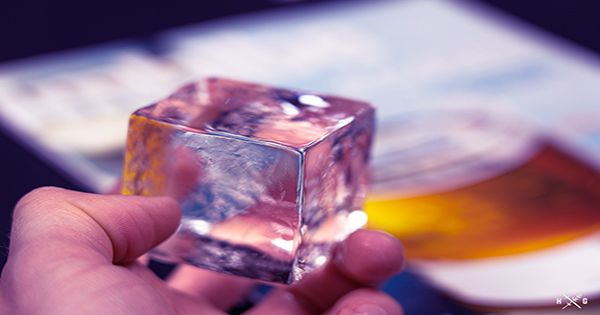Heat removal is always going to be energy-intensive, with large inefficiencies in the gases we use for cooling contributing to the problem. Dr. Xavier Moa thinks he has a solution, but surprisingly, it’s not a good gas, it’s tough. Refrigeration also uses one-fifth of the world’s electricity to keep our food cool, beer cool, and data centers functional.
The idea that we can use a crystal for refrigeration sounds almost as strange as using them to solve your legal problems, but nature communications are a much more reliable source than secret catalogs. In fact, the ability to use solids for cooling has long been known. Some elements, when placed under pressure or come in contact with a magnetic or electric field, change their structure and absorb heat. However, these have become less efficient than the hydrofluorocarbons and hydrocarbons used in most refrigerators or air-conditioning units and are largely considered a curiosity.
Moya of Cambridge University reports that neopentylglycol ((CH3)2C(CH2OH)2) is different. It is made up of almost spherical molecules that communicate weakly with each other and can therefore change their point of view towards each other. Molecules of neopentylglycol’s rearrange to take in very small volumes when squashed.
The paper notes that it can be used to draw heat from a larger environment, either liquid, wings, or a secondary circuit with heat pipes. The pressure is removed and heated heat is taken from the external environment, which cools everything around the crystal.
The efficiency of this process is about 10 times higher than that of any other solid tested before and is like the best hydroflurocabon gas. In addition, neopentylglycol has significant advantages over gas used for refrigeration. It is certainly less likely to leak, and if it does, it will not contribute to global warming. It does not create the risk of fire by highly flammable gases.
Even better, neopentylglycol is cheaper and more widely available. It is produced entirely from three common ingredients, so it will never be lacking. The road from lab benches to commercial products is rarely fast, but Moya and co-authors are already working on it. Since it has already been used in paints and lubricants, we also know some of its health effects.
Now that the possibility of such soft crystals has been recognized, more research is likely to find similar molecules that are more efficient. Moya, however, did not wait, instead of starting production of commercial refrigeration units based on neopentylglycol.
Coincidentally, a separate team announced their search just three weeks ago, discovering the potential of neopentylglycol’s. But Moyer’s team has claimed 30 percent more efficient than their rivals using a variety of conditions.














